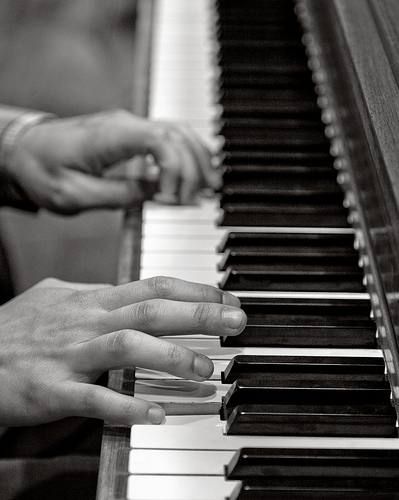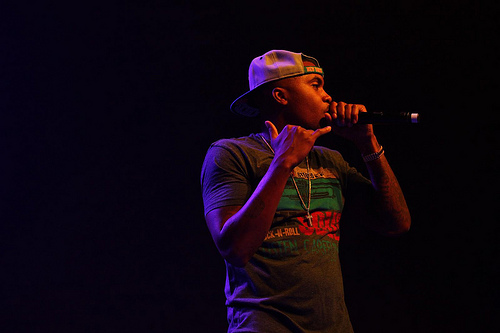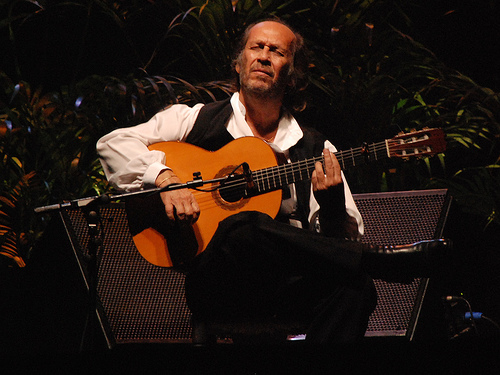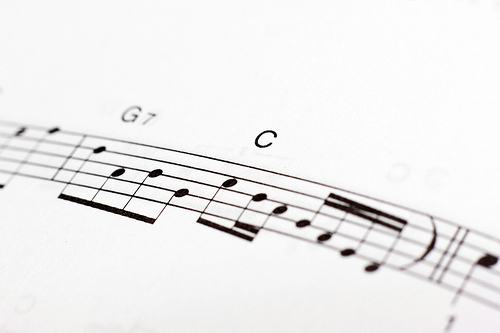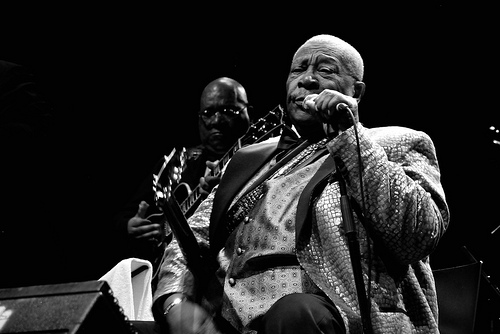If you’re an up and coming musician, promoting your music in the best possible way is crucial to your chances of success. You shouldn’t worry too much about getting things wrong, so long as you learn from the experience and don’t repeat your mistakes moving forward.
However, here are some music promotion tips that should help you avoid early mistakes. Remember that the best platform for promoting your music today is always going to be the internet, and specifically social media.
Only Promote Your Good Work
This might sound like an obvious point, but you’d be amazed at how many artists promote something just for the sake of it, and it turns out to be a reasonably poor piece of work. Make sure you focus on the good stuff. People are conditioned to artists starting brilliantly and then releasing work that is good, if not as impressive as the thing that first brought them to attention.
No one has the time to wait and see if your follow up is better than your average first effort, so ensure you only focus on what’s great. The filler can wait to be thrown onto your album when you need some additional tracks!
Know Your Market
If you log onto any music forum, you’ll likely find artists or producers that have nothing to do with a particular genre plugging work there. You need to avoid this at all costs. Not only does it make you look somewhat desperate, it’s also a waste of time. If you’re producing dubstep music, then focus on the dubstep audience. If you’re writing country music songs to be played on acoustic guitar, then find a suitable platform.
Know the popular social media hashtags and groups that exist, too.
Ignore Hype
At some stage, every musician is likely to be flavour of the day on social media or in a magazine, no matter how obscure they are. Whether you’re seeing hype about yourself or about other musicians in your genre, just ignore it. The music business is a fickle one, and it is only the leading 1% of artists who will be a constant success. Unless you’re able to scale those heights, the hype will come and go like day and night.
Know You’re Not the Only One
We’re not mind readers, but we do know that as you sit and worry about the good work being done by artists who are essentially your competitors, that they are sitting back and thinking the exact same thing.
Forget about what’s happening elsewhere, and just focus on yourself. If you spent every waking minute worrying about what others are doing, you’d never write or record anything yourself!
Make Friends
If you want to make promoting your music as easy as possible, then you need to build bridges and make friends. You don’t need to bend over backwards to make friends in high places, but simply be you and take the time to interact with fellow musicians and those who take an interest in everything you do. Soon, you’ll find a lot of the promotion is done for you; a recommendation goes as far in the music world as it does in real life!
Take the time to understand how you can promote your music in the best possible ways, and you’ll avoid the worst setbacks and build yourself success as quicker than you ever dreamed.
Image Author: Robert Couse-Baker


